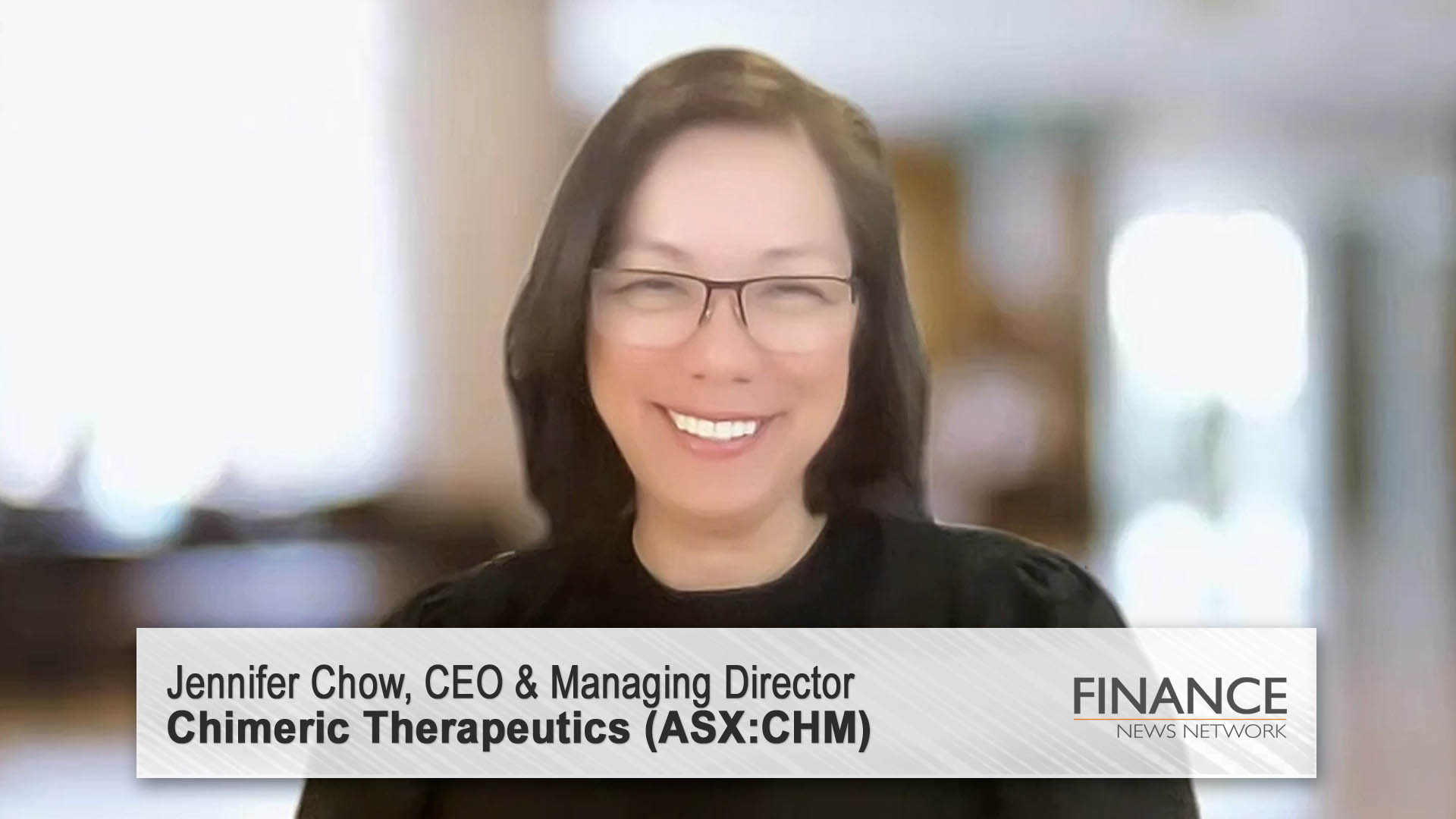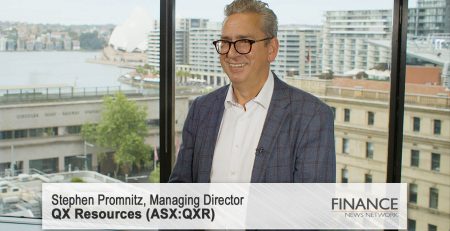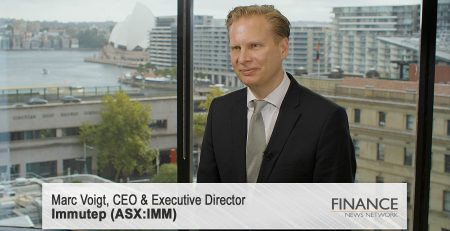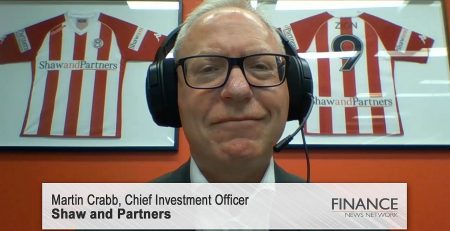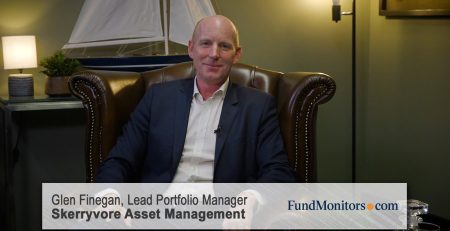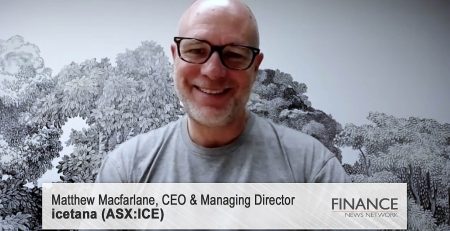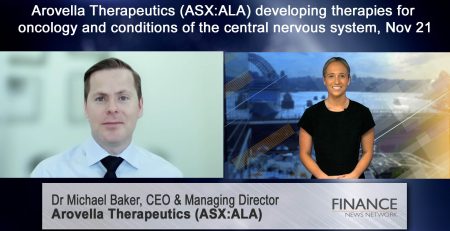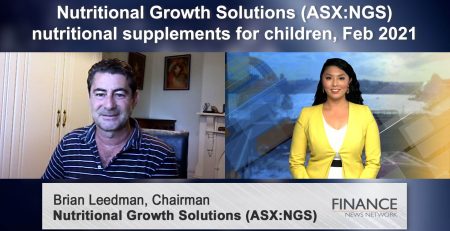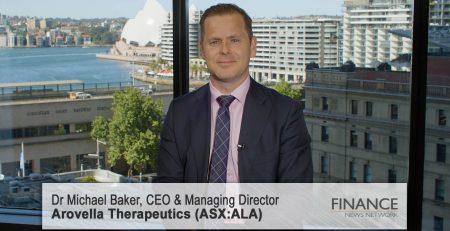Chimeric Therapeutics (ASX:CHM) launches phase 1b glioblastoma trial
Chimeric Therapeutics Limited (ASX:CHM) CEO and Managing Director Jennifer Chow discusses promising results in the company's lead therapy for glioblastoma, and the timeline for the recently launched Phase 1b trial.
Tim McGowen: Today we're talking with Chimeric Therapeutics (ASX:CHM). Market cap of around $16m. We have with us the CEO and Managing Director, Jennifer Chow. Jennifer, nice to see you again. Welcome back to the network.
Jennifer Chow: Thank you so much, Tim. Great to see you and be back.
Tim McGowen: Now Jennifer, for people new to the company, could you introduce us to the company and your cell therapy?
Jennifer Chow: Absolutely, Tim. So, Chimeric Therapeutics is a clinical-stage cell therapy company. So, we actually already have a number of clinical programs. We were founded in 2020 by Paul Hopper, and we listed on the ASX in January of 2021. And since that time we've basically been slowly growing our portfolio and our programs and really just pushing everything forward in clinic.
Tim McGowen: Now, Jennifer, you're investigating CHM 1101 for its use in the treatment of a number of cancers, including melanoma, colorectal and prostate cancers. But it seems to be showing a lot of promise for the treatment of brain tumours. Can you remind us and the audience of some of the results achieved so far?
Jennifer Chow: Yeah, happy to. So, CHM 1101, Tim, was actually developed by scientists at City of Hope Hospital in California, very specifically for brain cancer. And it is a first-in-class CAR T-cell therapy, which generally means that no one else has it in front of us. So, we'd be the first people developing it. And, as a CAR T-cell therapy, it's the type of therapy where we use a patient's own cells and we send them off to a lab, we engineer them with a Chimeric antigen receptor, and we then send them back to be infused in that patient. And that's what CHM 1101 is in glioblastoma. And, as you said, there's been an ongoing Phase 1a clinical trial, and that trial was actually getting towards its completion. It was a four-level dose escalation trial.
What we have right now is we just have data on the first two dose levels. So, we don't have all of the data yet, but on the first two dose levels what we saw was disease stability for the patients. About 70 per cent of the patients achieved disease stability, and they were able to maintain that for about three-and-a-half months with no problems from a safety perspective.
Now, what we actually found recently, we recently presented a poster at ASCO, which is the big scientific congress that's held every year in Chicago, the American Society of Clinical Oncology. And, in that poster, we actually were able to also have data from one patient in the first dose level where we know that patient, Tim, survived 15.5 months. Now, that may not sound like a lot, but what we would generally expect for this patient population is survival between two and nine months. So, although it was only one patient that we've been able to follow so far, the 15.5 months survival is actually very strong compared to what we would expect to see from these patients as well.
Tim McGowen: And you recently launched a Phase 1b trial for this therapy. What are the details and the objectives of the trial?
Jennifer Chow: Yeah, it's very exciting for us that we were able to launch an open enrolment. So, we now have enrolment open at the very first site for our Phase 1B trial in Austin, Texas. And that trial was really important to us to open because that is a Chimeric trial. And so the previous 1a trial was led by the investigators at City of Hope. So, this trial, what we're really doing is we're bringing in multiple sites across the country in the United States to really be able to support enrolling patients at a better speed.
The trial is two parts, Tim. The first part is just a small dose confirmation cohort, three to six patients. And then, at the end of this year, we're actually going to take that data and put it together with the City of Hope data and be able to take a look at the safety and efficacy signal. Now, if it's as strong as we hope it's going to be, and certainly where some of the early data would suggest it will be, we'll be in a great position to move into part B of the trial, which will be a dose confirmation trial. We'll bring in another 12 to 26 patients.. And that's a little bit of the beauty of the way we've designed the trial as a two-part trial, because we can go seamlessly from Part A to Part B rather than having to stop and, you know, talk again to the regulatory authorities and start up a new trial.
And from there, Tim, we would have what would be called the recommended Phase 2 dose. And what that allows us to do is go to the FDA and talk about a registration Phase 2 trial to actually be able to take it to commercialisation.
Tim McGowen: Jennifer Chow, thank you for your time.
Jennifer Chow: Thank you so much, Tim. Great to see you.
Ends
Copyright 2023 – Finance News Network
Source: Finance News Network

